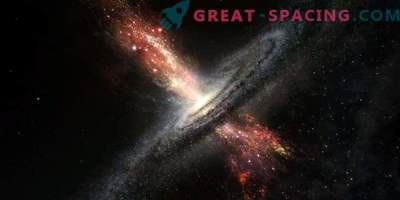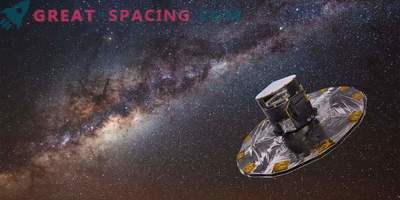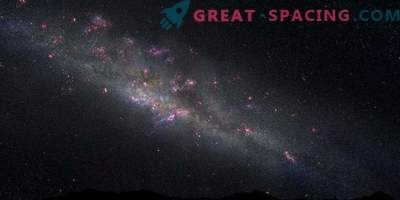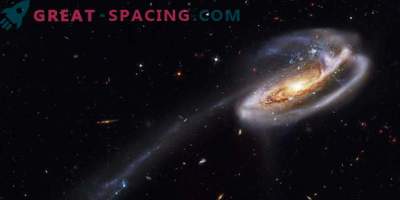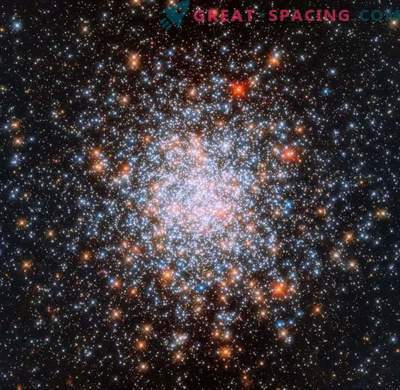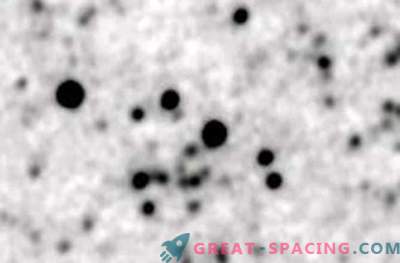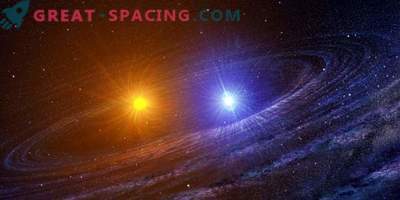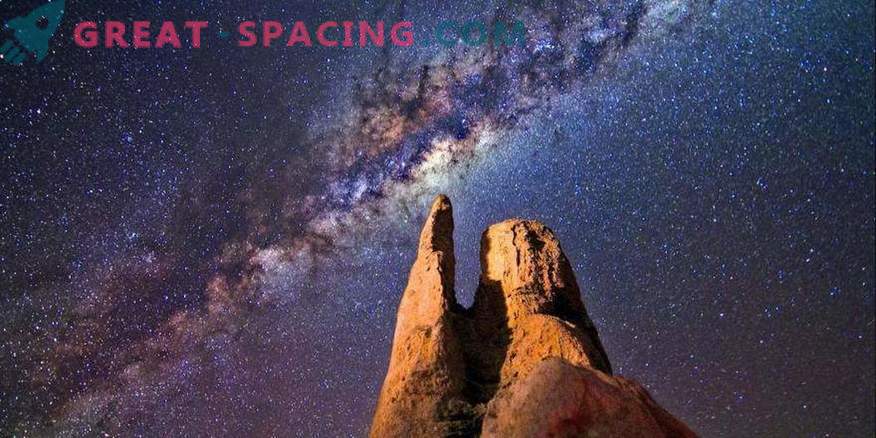
Based on data from the Gaia mission, scientists from the University of Heidelberg produced the conditions under which stars form. The Gaia satellite measured the three-dimensional position and motion of stars in the Milky Way, adhering to unprecedented accuracy. This allowed us to calculate the locations, distances and speeds of a huge number of young massive stars within the 18 nearest groups. It was possible to demonstrate that there is no evidence of the expansion of these associations. Therefore, they could not arise in the form of a dense cluster, and then expand to its present size.
The long-term stellar birth model says that most stars are created in relatively tightly packed star clusters. This model is called “monolithic”. If it is true, then each grouping of young stars, observed today, should have appeared in one or several much more dense clusters. After the formation of stars, these clusters ousted the remaining molecular gas and were able to expand due to the loss of gravitationally bound mass. However, a new study reports that the monolithic model does not work. Scientists believe that only a small part of the stars appeared in dense clusters. Instead, stars form wide molecular gas clouds in a wide range of densities. This “hierarchical” model is capable of explaining today's star clusters and associations with a multitude of densities with no signs of further expansion.
April 25, the whole world expects a new release of data from Gaia. At that time, information should be collected on more than a billion stars. There is a chance that this information will allow you to confirm and expand a new study about the star birth.
